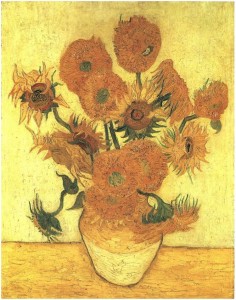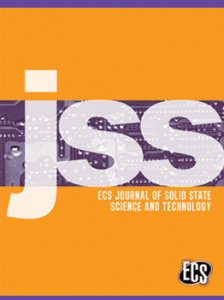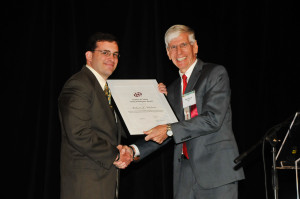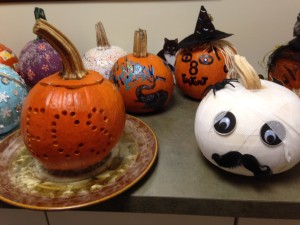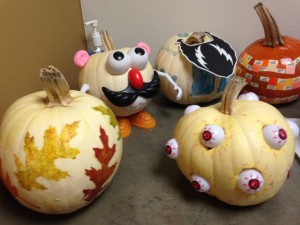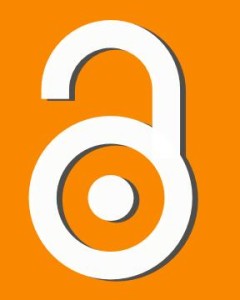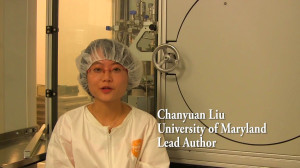
Chanyuan Liu, ECS member and Ph.D. student at the University of Maryland, is the lead author on the nanopore study.
Credit: University of Maryland
The Electrochemical Society’s Chanyuan Liu, along with a team of University of Maryland researchers, believe they have developed a structure that could bring about the ultimate miniaturization of energy storage components.
The tiny structure, known as the nanopore, includes all the components of a battery and can be fully charged in 12 minutes and recharged thousands of times.
This from University of Maryland:
The structure is called a nanopore: a tiny hole in a ceramic sheet that holds electrolyte to carry the electrical charge between nanotube electrodes at either end. The existing device is a test, but the bitsy battery performs well.


